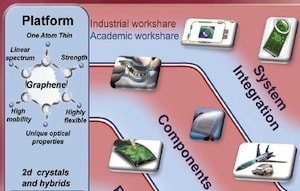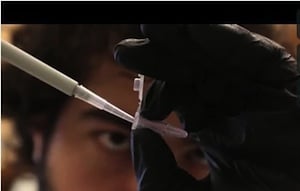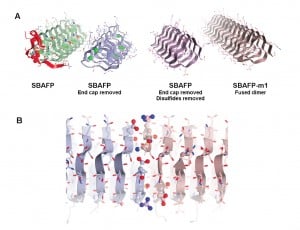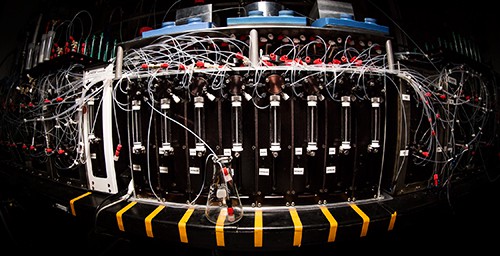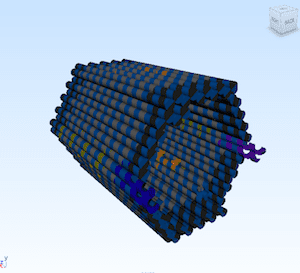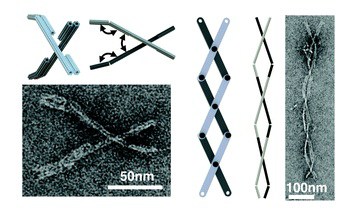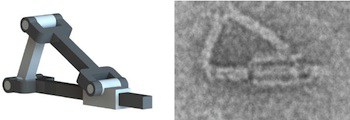A European Science and Technology Roadmap for Graphene, Related Two-Dimensional Crystals, and Hybrid Systems hints at the opportunities to be harvested from, and the need for, the development of atomically precise manufacturing (APM).
Science and technology roadmaps for nanotechnology
